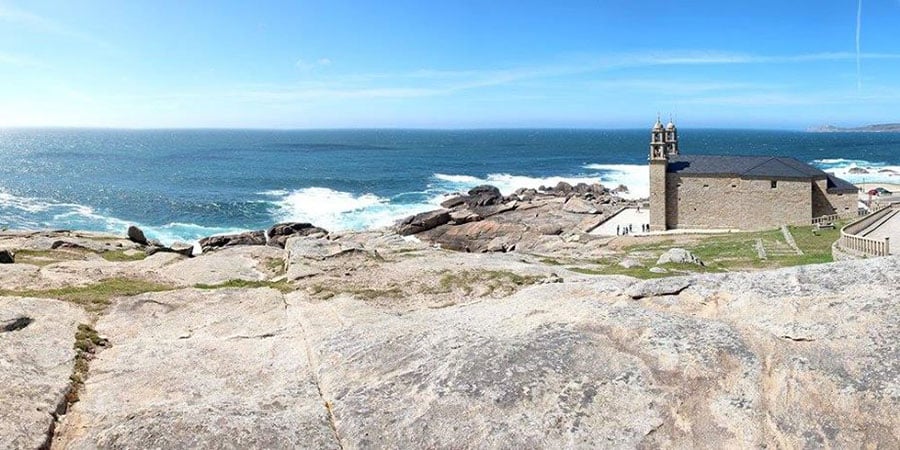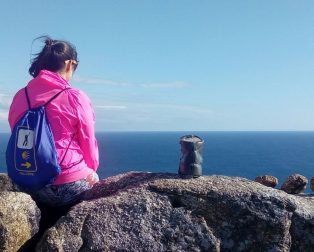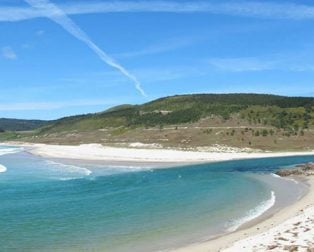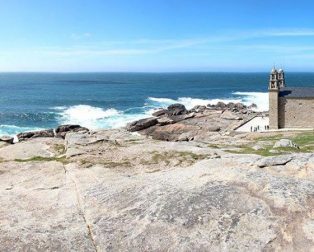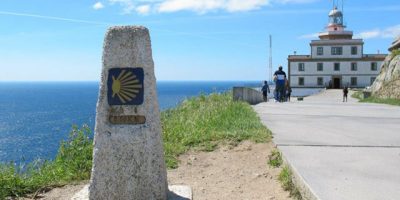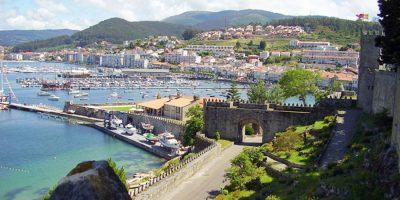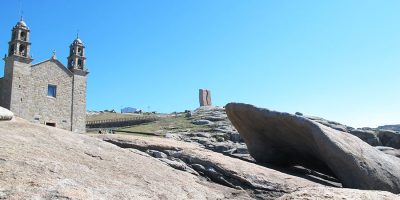Costa da Morte – Galicia’s Rugged, Dangerous Coast
Costa da Morte has long been known as one of the most dangerous coastlines in Europe. Over the centuries, its treacherous waters caused many shipwrecks, claiming the lives of countless sailors. Towering waves crash violently against the cliffs, creating an intense and dramatic landscape. It’s easy to understand why this place feels both awe-inspiring and eerie.
Table of contents
The End of the World
This rugged coastline is home to Cape Fisterra, one of the final stops on the Camino Finisterre. In ancient times, people believed this was the very edge of the world. When the sun set over the vast ocean, it seemed to disappear into the unknown. With no land in sight, it’s no wonder they thought there was nothing beyond this point.
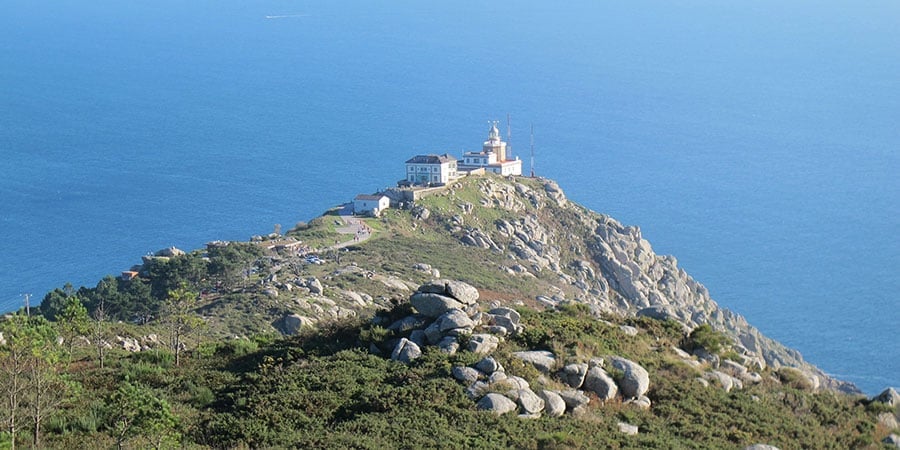
A Place of Legends
Finisterre, meaning “End of the World” in Latin, is rich in legend. According to myth, when the sun dipped below the waves, the barrier between this world and the next became thin. This opened the gates to the Afterlife. To ward off misfortune, pagans would offer prayers and sacrifices. Some even believed that Fisterra was home to Ara Solis, an altar dedicated to the sun.
A Pilgrim’s Journey
Today, many pilgrims still walk to this legendary location. Unlike the past, there is little risk of shipwrecks. Pilgrims once burned their clothes here as a symbol of spiritual renewal. However, due to health and safety regulations, this practice is now forbidden. Instead, a refreshing dip in the ocean serves as a modern alternative for cleansing the spirit.
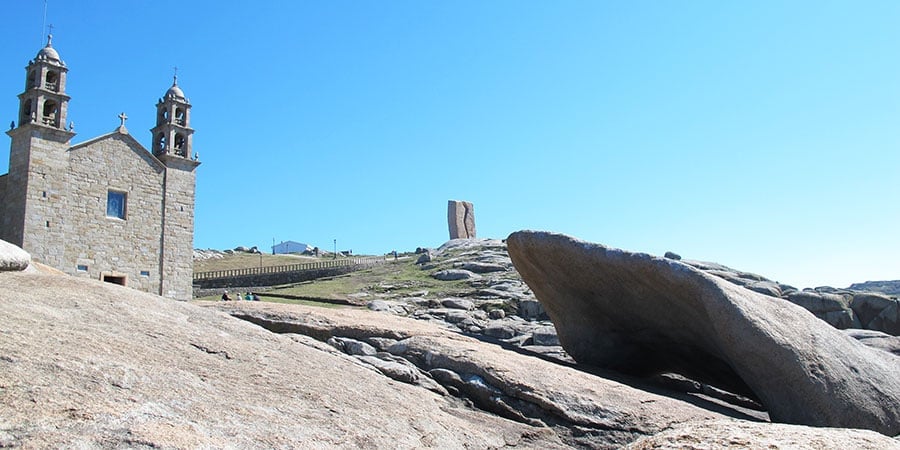
The Mystical Rocks of Muxía
Following the coast, you will reach Muxía, a place known for its mysterious ‘Pedra de Abalar’ rock. Some believe this massive stone has special healing powers. Others claim it can determine innocence or guilt in serious crimes. Legends even say that if the wind blows a certain way, the rock can cause strange nightmares.
The Stone Boat of the Virgin Mary
One of the most famous stories linked to this rocking stone is that it was once a boat. According to legend, the Virgin Mary sailed to Galicia on this very rock to visit Saint James. Whether you see it as a divine relic or a natural wonder, it is a fascinating sight to behold.
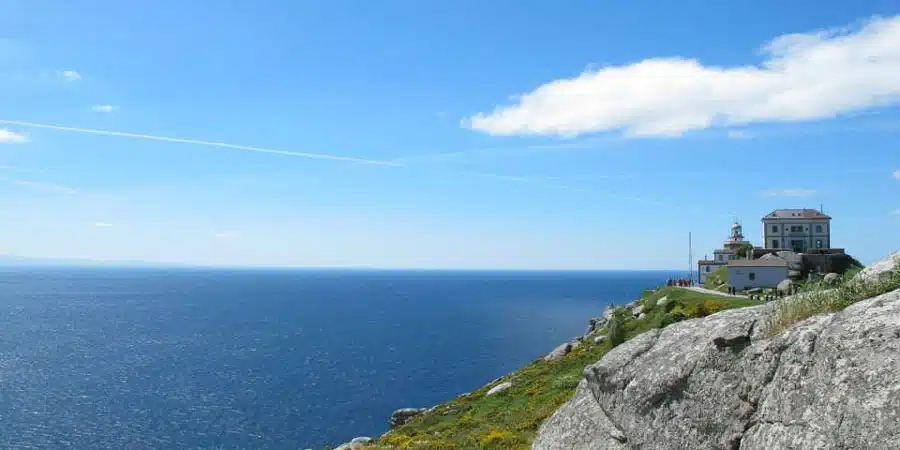
More Than Just Myths
Costa da Morte is more than its name suggests. While its legends and myths are captivating, the region also offers stunning landscapes, fresh seafood, and charming fishing villages. Golden beaches and breathtaking coastal views make it an unforgettable destination.
A Journey Worth Taking
If you are walking the Camino de Santiago, consider extending your trip to explore this dramatic coastline. Costa da Morte is full of beauty, history, and mystery waiting to be discovered. Who knows? You might even uncover a legend of your own.
For more information on the Camino Finisterre or any other Camino de Santiago routes or to book your Camino trip, contact us. Plan your Camino effortlessly and get an instant quote with our Camino Planner.
